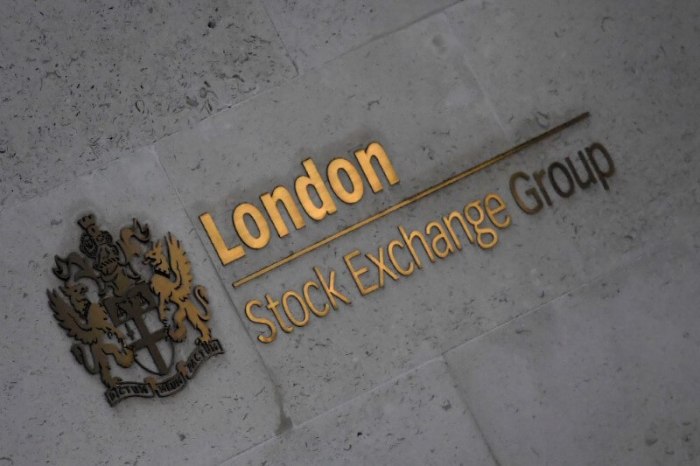SYDNEY (Reuters) – The Australian government has decided not to change the framework governing how the Reserve Bank of Australia (RBA) sets monetary policy, saying consistency was needed at a time of global uncertainty.
The agreement leaves in place the RBA’s target of keeping inflation in a 2-3% band on average over the medium term, when there had been some speculation it might be widened to 1-3%, as followed by neighboring New Zealand.
Core inflation has been under 2% for four years and is a major reason the RBA cut interest rates three times since May, taking them to a record low of 0.75%. Widening the target band could have lessened pressure for further cuts.
“Not changing the statement provides continuity and consistency at this time of global economic uncertainty,” Treasurer Josh Frydenberg wrote in Tuesday’s edition of the Australian Financial Review (AFR).
The statement outlining the central bank’s conduct on monetary policy is drawn up between each new treasurer and the RBA governor and has been issued seven times since 1996.
“Domestic and global markets can be reassured that Australia remains a stable and predictable place to invest and do business with a proven and effective monetary policy framework,” Frydenberg wrote.
He also ruled out requiring the RBA governor to explain any undershooting or overshooting of the inflation target in a letter to the treasurer, as is required of the governor of the Bank of England.
The AFR reported that Frydenberg had been considering for several months whether to “harden” the RBA’s accountability for hitting its 2-3% target.
Frydenberg, who will meet the RBA board later on Tuesday following its monthly policy meeting, noted that in three-quarters of the world’s advanced economies, headline inflation was under 2% and in one-third it was below 1%.
RBA Governor Philip Lowe has long defended the current guidelines on policy, noting they gave the bank a great deal of flexibility.
As well as the inflation target, the RBA has a broad mandate to contribute to the stability of the currency, full employment, and the economic prosperity and welfare of the Australian people.
“My view is that our more flexible system has served Australia well and can more easily accommodate the changes taking place in the economic system than can other approaches,” Lowe said in a speech last week.
Financial markets assume the RBA will hold rates steady at its meeting on Tuesday as it judges the impact of past easing, though investors are pricing in a risk of one more cut, to 0.5% next year.
The RBA has also floated the possibility of unconventional policy measures, such as buying government bonds, should further stimulus ultimately be needed.
(Reporting by Wayne Cole; Editing by Dan Grebler)


















